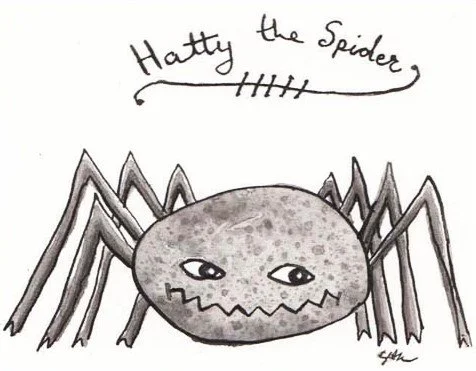There’s an old adage I heard when I was in high school and I worked in a nursing home,
“ The more things change, the more they stay the same.”
Once upon a time we had fat cats that worked on Wall Street. Now we have lean cats that run through the subway during rush hour and listen to podcasts on their way to work. They still work on Wall Street. They are the movers and the shakers.
In 1939, the poet W.H. Auden wrote,
The dense commuters come,
Repeating their morning vow;
“I will be true to the wife,
I’ll concentrate more on my work…”
The commuter cats have their jargon words- derivatives, hedge funds, P/E ratios, EBITDA, cash flow positive, liquidity, purple unicorns, bankers’ bonuses, free trade, fair trade, personal mission statements…and other gibberishes.
Once upon a time we had Joe and Jane Schmos who worked like dogs to bring home the bacon and put food on the table. The dogs were, and are consumers, buying things at big box stores, living in the suburbs. They strive to work 9 to 5 but they always go to bed dog tired.
Auden’s poem, “ September 1, 1939,” also represents the dogs.
Faces along the bar
Cling to their average day:
The lights must never go out,
The music must always play,
All the conventions conspire
To make this fort assume
The furniture of home
The dogs too, have their jargons- backyard BBQs, church picnics, remodeling, DIY, school pick up times, diaper duty, stranger danger, mortgage rates, credit card points, financing, loan terms, the fading hope that every dog has it’s day….and other gibberishes.
The consumerist dogs were, and are, so proud to #represent!
Then there is the one dog that serves the other dogs. The lowliest of the low dogs. This dog, when she goes home uses language like lumpenproletariat. She reads books about revolutions. She, too, has her own jargon. Working class, means of production, bourgeoisie, anarchism, dialectical materialism. More invented language!….Yet, she also strives to speak honestly, without jargon…in plain English. This too, is not new.
The same Auden poem describes her. She is seeking truth. And honesty “All I have is a voice, To undo the folded lie.”
She tells her co-worker at the big box store how she wishes to do honest work for herself and how she found a wonderful poem, “September 1, 1939,” about the struggle of everyday life and how we are all caught in the cats’ world. The co-worker dog just rolls her eyes and says, “it’s all written in the Bible, ‘whatsoever things are true, whatsoever things are honest, whatsoever things are just…if there be any virtue, and if there be any praise, think on these things.’
Meanwhile, the true proletariat, the meek mice and rats eat the discarded food of the cats and dogs. They know the score and the class structure doesn’t change. They laugh at the the Biblical dog and her idealistic anarcho-Marxist co-worker. They do not speak in gibberish, but in silence. Auden wrote about them, “And no one exists alone, Hunger allows no choice, To the citizen or the police, We must love one another or die.”
The lean cats on Madison Avenue once used this last stanza in an ad for a candidate for the Presidency of the USA in 1964. The dogs voted for that candidate, and LBJ won. Lean cats continue to teach dogs about that brillant ad, the power of advertizing. The more things change, the more they stay the same.























































































































